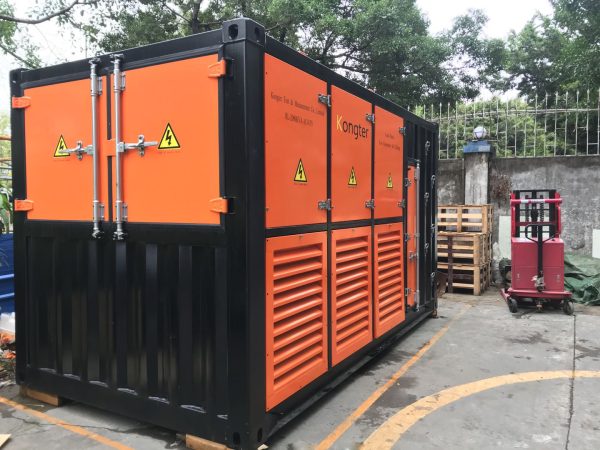AC load banks are essential tools for testing and maintaining various electrical systems and equipment. The choice of AC load bank and the areas where they are needed depend on the specific applications and requirements. Here are some areas where AC load banks are commonly used and the types of load banks needed for each:
Power Generators:
Resistive Load Banks: These are used to test the capacity, performance, and reliability of power generators by applying a resistive load to simulate real-world conditions. This helps ensure that the generator can handle its rated load.
Uninterruptible Power Supplies (UPS):
Resistive-Capacitive Load Banks: UPS systems require testing under both resistive and reactive loads to simulate real-world conditions and assess their performance in various modes of operation.
Power Distribution Systems:
Resistive Load Banks: For assessing the load-carrying capacity and performance of power distribution systems.
Emergency Power Systems:
Resistive Load Banks: To verify the performance and reliability of emergency power systems, including backup generators, when critical loads are transferred to them during power outages.
Aircraft Ground Power Units (GPU):
Resistive Load Banks: To test the performance of GPUs used to provide electrical power to aircraft on the ground. This helps ensure they can handle the load demands of different aircraft.
Data Centers:
Resistive-Capacitive Load Banks: For testing data center backup power systems, including generators and UPS units, to ensure they can handle the dynamic loads associated with modern computing equipment.
Renewable Energy Systems:
Variable Load Banks: Solar and wind power systems often have variable loads due to changing weather conditions. Variable load banks are used to simulate variable loads to assess the response and stability of these systems.
Marine and Offshore Applications:
Resistive-Capacitive Load Banks: Used for testing the electrical systems of ships, offshore platforms, and other marine applications to ensure reliability and performance under various load conditions.
Manufacturing and Industrial Plants:
Resistive Load Banks: For periodic testing and maintenance of power distribution systems, ensuring they can handle the load requirements of industrial equipment.
Utilities and Grid Infrastructure:
Resistive-Capacitive Load Banks: Used for load testing and maintenance of transformers, substations, and other grid infrastructure components to ensure they can handle changing load conditions.
Microgrids:
Variable Load Banks: In microgrid testing, variable load banks can simulate changes in load demand, helping assess the stability and performance of the microgrid components.
Research and Development:
Various types of load banks may be used in R&D to test and evaluate new electrical equipment and systems.
When selecting an AC load bank, it’s essential to consider the specific load requirements of the equipment you are testing, the voltage and frequency of the AC power system, and any additional capabilities, such as programmable load profiles or data logging, that may be necessary for your testing needs. Kongter offers whole series AC load bank of various types from small to container types to meet customers’ requirement from different industries. Feel free to contact us if you have any requirement.

